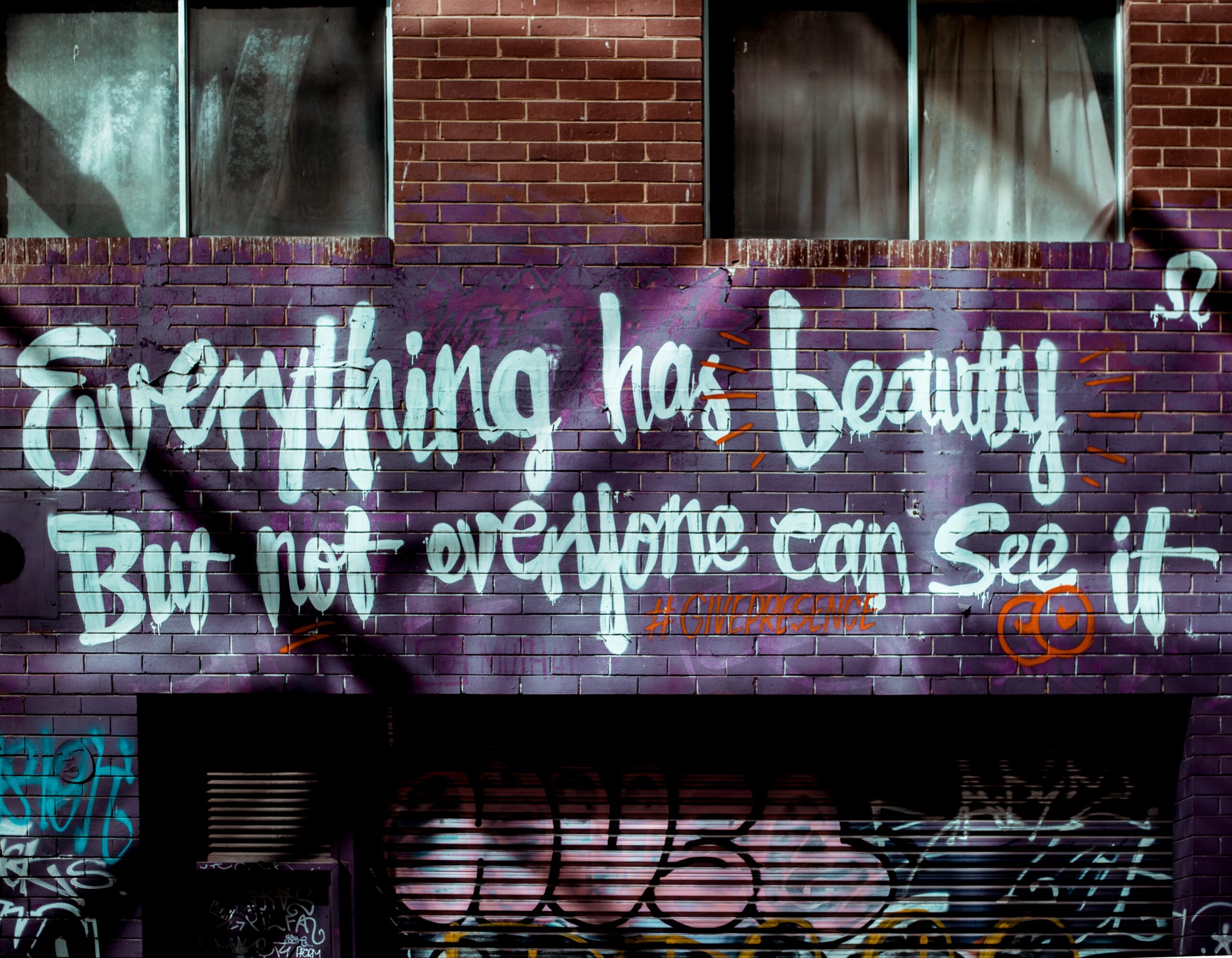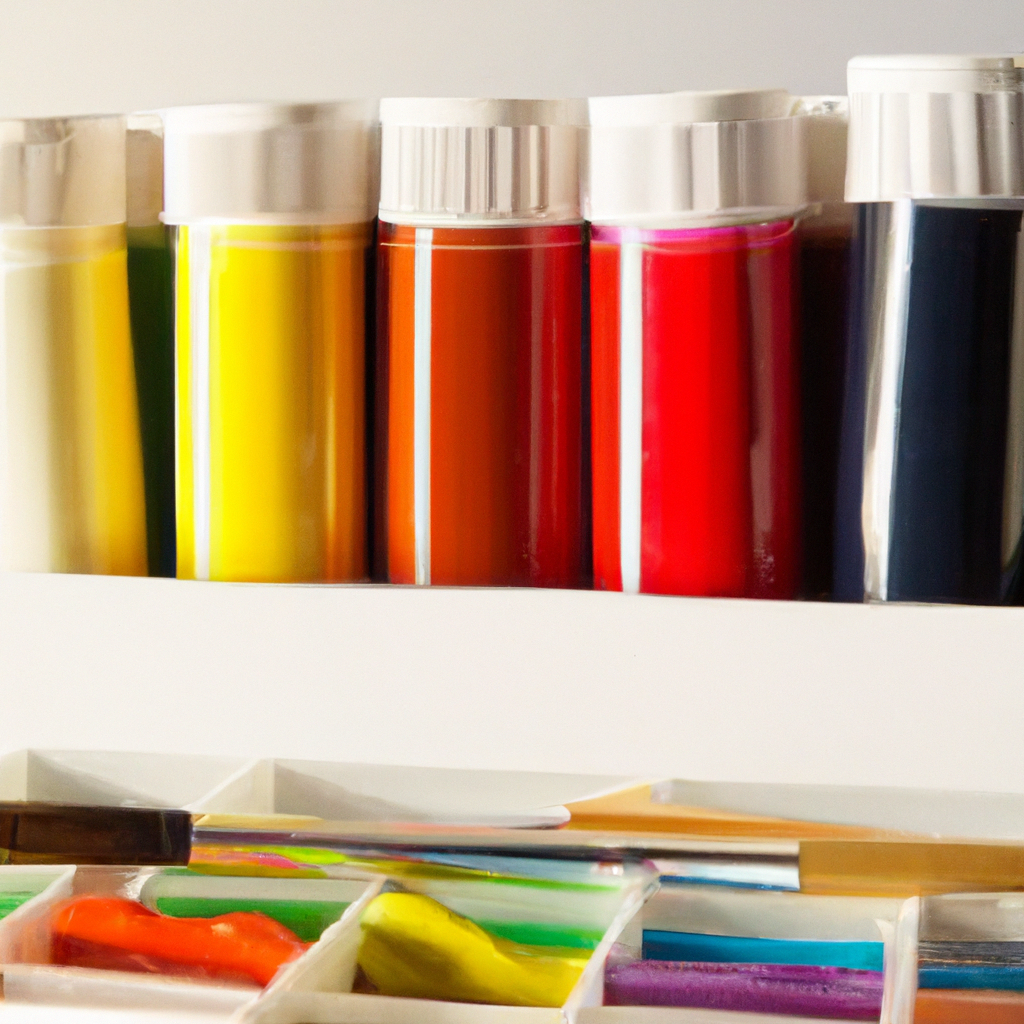Gouache painting, known for its vibrant colors and velvety finish, often leaves artists wondering if it can be sealed to protect its delicate surface. In this article, you will explore the intriguing world of gouache painting and learn whether or not it can be effectively sealed. From understanding the properties and characteristics of gouache to exploring various sealing methods, this article will provide you with the knowledge and guidance to make informed decisions when it comes to preserving and protecting your gouache masterpieces.
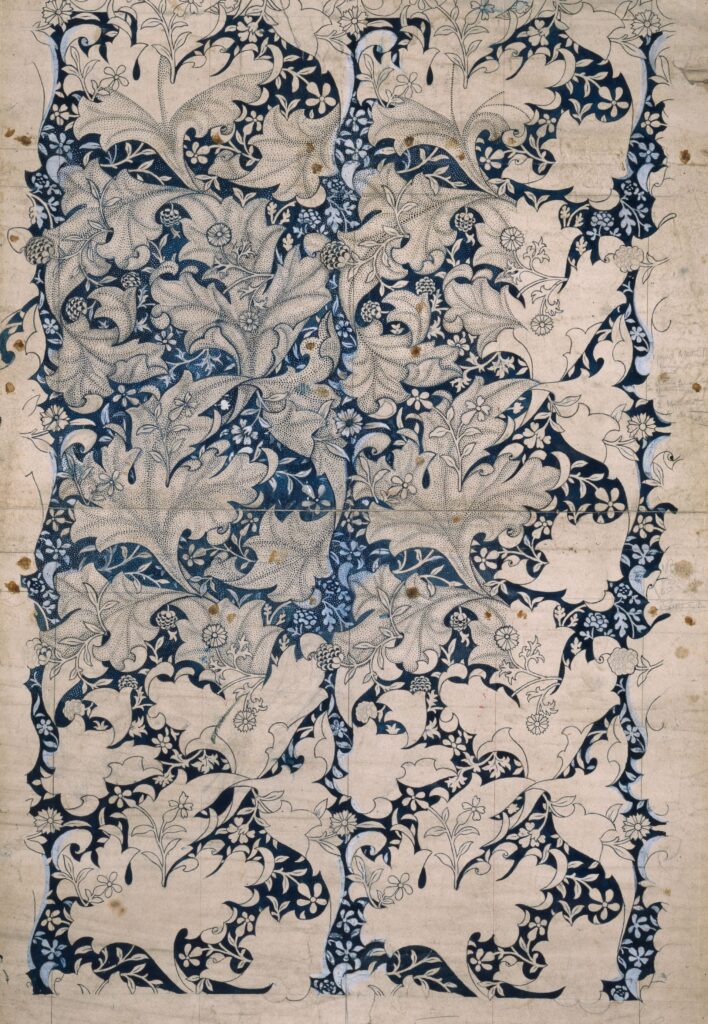
This image is property of images.unsplash.com.
Understanding Gouache Paintings
Gouache paint is a unique medium that combines the properties of both watercolor and acrylic paint. It is known for its vibrant and opaque quality, making it a popular choice among artists for creating bold and expressive artworks. Understanding the characteristics of gouache paint, surface compatibility, and the reasons why sealing a gouache painting is important are essential for any artist looking to work with this medium.
What is Gouache Paint?
Gouache paint, often referred to as “opaque watercolor,” is a painting medium that consists of pigment, binders, and an additive called chalk or white pigment. The addition of these agents gives gouache its unique opaqueness and matte finish. Unlike transparent watercolor, gouache provides full coverage and can be easily layered, allowing for excellent color blending and a wide range of effects.
Characteristics of Gouache Paint
Gouache has several distinctive characteristics that set it apart from other paint mediums. Firstly, it has strong color saturation due to the high pigment concentration. This allows for vibrant and intense hues. Secondly, gouache has excellent coverage, making it suitable for both light and dark surfaces. Additionally, it dries to a matte finish, giving the artwork a velvety appearance. Lastly, gouache can be reactivated with water, even after it has dried, which allows for reworking and adjustments.
Surface Compatibility
Gouache paints can be used on a variety of surfaces, including paper, illustration board, canvas, and even wood. However, it is important to choose the right surface that is compatible with gouache and promotes optimal adhesion. Paper designed specifically for gouache or heavy-weights watercolor paper are the most common choices due to their ability to withstand the moisture and thickness of the gouache paint. Other surfaces may require additional preparation to ensure proper adhesion and longevity of the artwork.

This image is property of images.unsplash.com.
Why Seal a Gouache Painting?
Sealing a gouache painting is an essential step that artists often overlook or underestimate. While gouache paint dries relatively quickly, it remains water-soluble, making it vulnerable to smudging, staining, and damage from environmental factors. By applying a sealant, artists can protect their artwork from these risks and ensure its longevity. Sealing also enhances the durability of the paint surface, making it more resistant to abrasion and fading.
Preparation and Materials
Before diving into the application techniques of gouache paint and the sealing process, it is important to gather the necessary materials and prepare the surface properly.
Choosing the Right Paper or Support
When selecting paper or support for a gouache painting, it is crucial to choose a surface that can handle the moisture and thickness of the gouache without warping or deteriorating. Heavyweight watercolor paper or specialized gouache paper are recommended due to their ability to absorb the moisture and maintain structural integrity.
Preparing the Surface
Preparing the surface is an essential step in ensuring the best possible adherence and longevity of the artwork. For gouache paintings on paper, it is generally recommended to apply a coat of gesso or a similar primer to create a smooth and even surface. This helps the paint adhere properly and prevents it from seeping into the paper fibers.
Gouache Paints and Brushes
Choosing the right gouache paints and brushes is crucial for achieving desired results. Gouache paints come in various qualities, ranging from student-grade to professional-grade. Professional-grade gouache paints offer higher pigment concentration and color vibrancy, resulting in superior artwork. As for brushes, synthetic or natural hair brushes can be used, depending on personal preference.
Masking Fluid (Optional)
Masking fluid is a helpful tool for preserving areas of the artwork that need to remain untouched or protected from paint during the painting process. It is especially useful for maintaining clean and crisp edges, creating highlights, or adding intricate details.
Palette and Water Container
Having a suitable palette and water container is important for mixing and diluting gouache paint. A palette with separate wells for each color allows for easy color mixing and prevents cross-contamination. The water container should be large enough to accommodate the brushes and allow for frequent cleaning.

This image is property of images.unsplash.com.
Application Techniques
Mastering various application techniques is crucial for achieving desired effects and creating visually interesting gouache paintings. Here are some commonly used techniques:
Layering and Building Colors
Gouache allows for easy layering and building of colors. By applying multiple layers of paint, artists can achieve depth and richness in their artwork. It is important to allow each layer to dry completely before adding subsequent layers to prevent the paint from becoming muddy or smudging.
Blending and Mixing
gouache paint blends exceptionally well, allowing artists to achieve smooth transitions between colors. By wetting the brush and mixing colors on the palette or directly on the painting surface, artists can create beautiful gradients and subtle color shifts.
Wet-on-Wet
The wet-on-wet technique involves applying wet paint onto a wet surface. This technique allows for seamless blending and soft edges. It is particularly effective for creating atmospheric and soft-focus effects.
Detailing and Dry Brushing
For adding fine details and textures to the artwork, artists can employ the dry brushing technique. Dry brushing involves using minimal paint on a dry brush to create controlled and textured strokes. This technique is especially effective for capturing intricate details, such as fur, foliage, or intricate patterns.
Using Masking Fluid
As mentioned earlier, masking fluid is a useful tool for preserving specific areas of the artwork. By applying masking fluid to the desired areas before painting, artists can create crisp and clean edges. Once the paint has dried, the masking fluid can be easily removed, revealing the untouched areas.
Drying and Curing
Understanding how gouache paint dries and cures is crucial for proper handling and maintenance of the artwork.
Gouache Drying Time
Gouache paint typically dries relatively quickly compared to other paint mediums. The exact drying time may vary depending on factors such as paint thickness, humidity, and temperature. Generally, gouache paint dries to the touch within 15-30 minutes, allowing for layered applications.
Curing Gouache Paints
While gouache paint may feel dry to the touch, it is important to note that it takes time to fully cure. The curing process occurs as the water evaporates from the paint, leaving behind the pigment and binder. It is recommended to allow gouache paintings to cure for at least a few days before handling or sealing to ensure the paint has fully stabilized.
Avoiding Flaking and Cracking
To avoid flaking and cracking, it is essential to ensure the gouache paint has properly adhered to the surface and cured before applying any sealant. Rushing the sealing process or applying a sealant to inadequately dried paint may lead to undesirable outcomes such as paint detachment or surface imperfections.
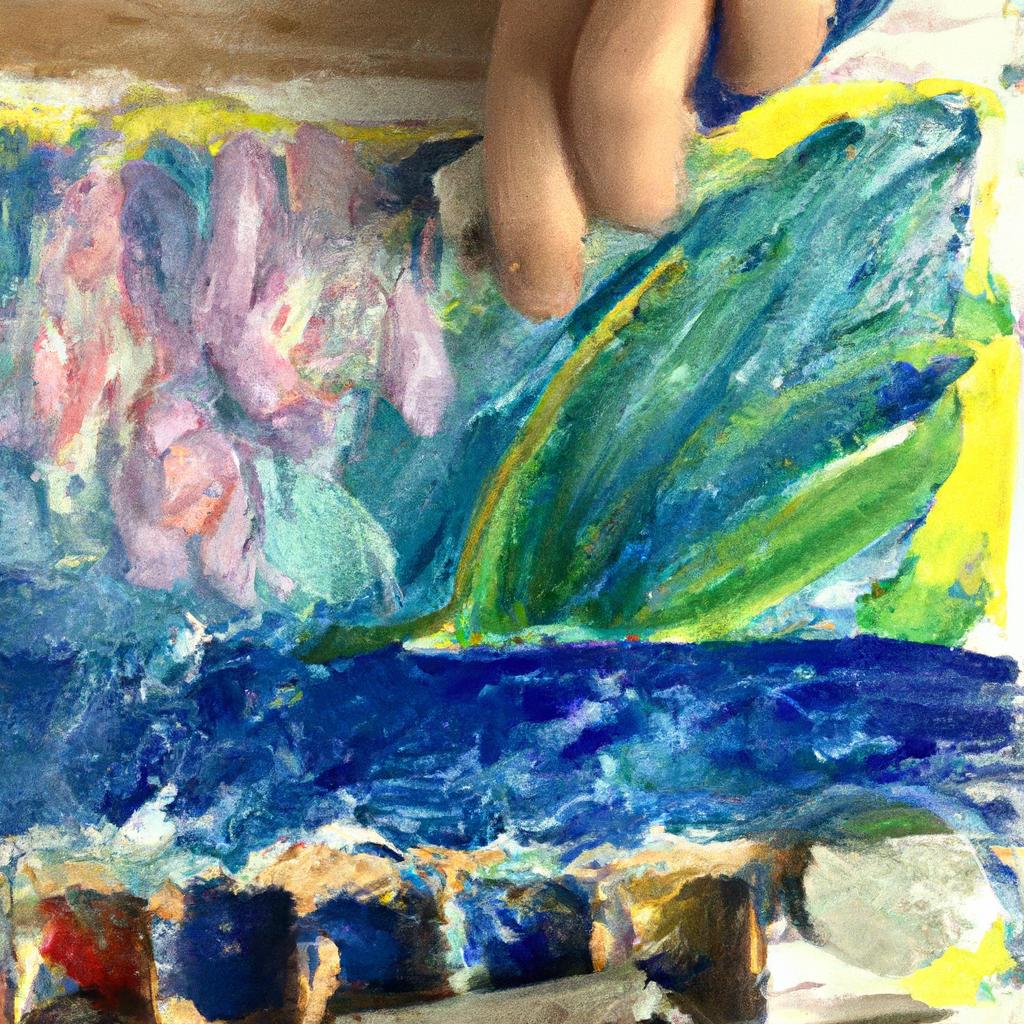
Sealing Gouache Paintings
Sealing a gouache painting is a crucial step to protect the artwork from smudging, staining, and general wear and tear. Understanding the reasons why sealing is necessary, the benefits of sealing, and the different types of sealants available helps artists make informed decisions regarding the preservation of their gouache paintings.
Understanding the Need to Seal
Gouache paint, despite drying to a matte finish, remains delicate and susceptible to damage. Even light handling or exposure to moisture can lead to smudging or color transfer. Sealing the artwork provides a protective layer that prevents these issues, ensuring the longevity and preservation of the artwork.
Benefits of Sealing Gouache Paintings
Sealing a gouache painting offers several benefits. It protects the artwork from physical damage, such as smudging, staining, or moisture-induced issues. Sealing also enhances the vibrancy and color longevity of the painting, preventing fading over time. Furthermore, a sealant can provide a slight sheen or gloss, enhancing the visual appeal of the artwork.
Types of Sealants
There are various types of sealants available for sealing gouache paintings, each with its own unique properties and benefits. The three main categories of sealants are fixative sprays, varnishes, and retouching varnishes.
Fixative sprays are commonly used to seal works on paper. They create a protective layer that minimizes smudging and enhances the color vibrancy. Varnishes, on the other hand, are typically used for sealing larger paintings on canvas or rigid supports. They provide a more durable and long-lasting protective layer. Retouching varnishes are specifically designed for temporary protection during the painting process and can be easily removed when the artwork is complete.
Choosing the Right Sealant
The choice of sealant depends on various factors, including the nature of the artwork, personal preferences, and desired effects. It is recommended to test different sealants on a small sample or inconspicuous area of the artwork before proceeding with the entire piece. This allows artists to assess the compatibility of the sealant with the gouache paint and ensure the desired result.
Preparing the Painting for Sealing
Before applying the sealant, it is important to ensure the artwork is clean and free from dust or debris. Using a soft brush or compressed air, gently remove any loose particles from the surface. Additionally, make sure the painting has adequately dried and cured to prevent any issues during the sealing process.
Sealing Techniques
Once the preparation steps are complete, artists can proceed to seal their gouache paintings using various techniques. Here are some commonly used sealing techniques:
Using Fixative Spray
When using a fixative spray, it is important to follow the manufacturer’s instructions carefully. Hold the can at a distance specified by the manufacturer and spray in even, overlapping passes, covering the entire surface of the painting. It is advisable to apply multiple thin layers rather than a single heavy application. Allow the spray to dry completely according to the manufacturer’s recommendations before handling the painting.
Applying Varnish
When applying varnish, ensure the painting is on a stable, upright position to prevent any pooling or uneven application. Using a soft, clean brush or a foam brush, apply a thin and even layer of varnish onto the painting surface. Work slowly and carefully to avoid creating streaks or bubbles. Allow the varnish to dry according to the manufacturer’s instructions.
Using Retouching Varnish
Retouching varnish is primarily used as a temporary protective layer during the painting process. It can be easily removed or retouched as necessary. Apply the retouching varnish in thin and even layers, allowing each layer to dry before applying the next. Once the painting is complete and dry, the retouching varnish can be removed before applying a permanent sealant if desired.
Recommended Brands and Products
When selecting sealants for gouache paintings, it is important to choose reliable brands known for their quality and compatibility with the medium. Some popular brands for fixative sprays include Krylon and Winsor & Newton. For varnishes, Golden and Liquitex offer a range of options suitable for gouache paintings. It is always recommended to read product reviews, consult other artists, or seek professional advice when choosing sealants.
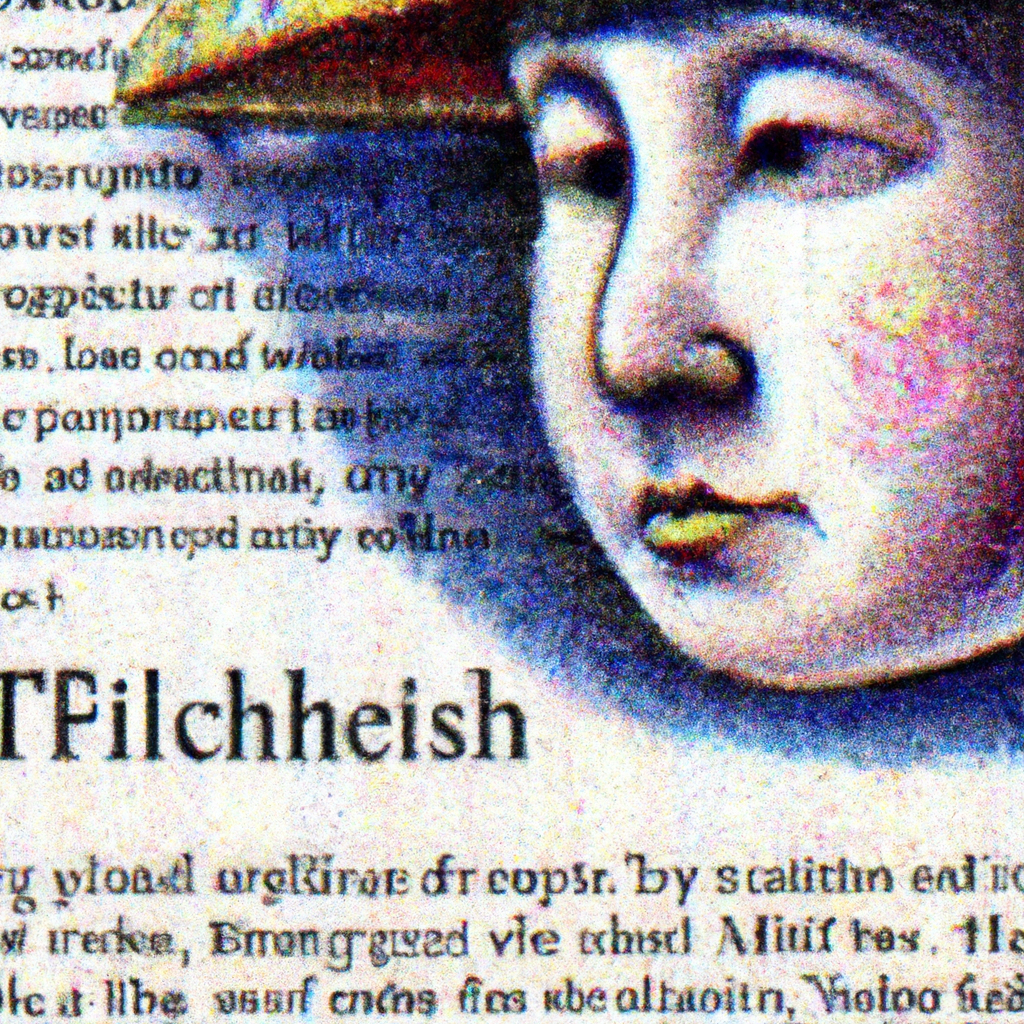
Step-by-Step Sealing Process
Sealing a gouache painting can be a straightforward process if done correctly. Following these steps ensures the best possible outcome:
Step 1: Preparing the Work Area
Set up a clean and well-ventilated work area with sufficient space to accommodate the painting and the sealant application. Protect the surrounding surfaces with drop cloths or newspapers to prevent any accidental overspray or drips.
Step 2: Removing Dust and Debris
Ensure the surface of the painting is clean and free from any dust or debris. Use a soft brush or compressed air to gently remove loose particles without damaging the paint layer.
Step 3: Applying the Sealant
Depending on the chosen sealant, follow the specific application instructions provided by the manufacturer. Apply the sealant evenly over the entire painting surface, working in thin and controlled layers. Take care to avoid oversaturation or pooling of the sealant.
Step 4: Evenly Coating the Painting
Ensure the sealant is evenly applied to the entire painting surface, including the edges, corners, and any textured areas. Maintain a consistent layer thickness throughout the artwork to achieve a uniform appearance.
Step 5: Drying and Curing
Allow the sealant to dry and cure according to the manufacturer’s instructions. This may take several hours or longer, depending on the type of sealant used. Avoid touching or moving the painting during this time to prevent any potential damage.
Step 6: Review and Repeat if Necessary
Inspect the sealed painting under good lighting conditions and evaluate the outcome. If any areas require touch-ups or additional sealing, repeat the process as needed. Ensure each layer is thoroughly dry and cured before proceeding.
Step 7: Final Finishing Touches
Once the sealing process is complete and the artwork has fully dried and cured, artists can proceed with any additional finishing touches if desired. This may include signing the artwork, attaching hanging hardware, or preparing the painting for framing.
Considerations and Tips
To ensure the best results and longevity of sealed gouache paintings, here are some important considerations and tips:
Testing the Sealant
Before sealing the entire artwork, it is advisable to test the chosen sealant on a small sample or an inconspicuous area of the painting. This allows artists to assess its compatibility with the gouache paint and evaluate the desired effects without risking the entire piece.
Protecting the Paint with Glass or Plexiglass
If framing the gouache painting, it is recommended to use glass or plexiglass with UV protection to further shield the artwork from harmful environmental factors. This helps prevent fading and extends the lifespan of the gouache painting.
Storing and Displaying Sealed Gouache Paintings
Store sealed gouache paintings in a cool and dry environment to ensure their longevity. Avoid exposing the artwork to excessive heat, humidity, or direct sunlight, as these can accelerate the deterioration of the paint and sealant.
Avoiding Common Mistakes
When sealing gouache paintings, it is important to avoid common mistakes that may compromise the integrity of the artwork. These include inadequate drying and curing times, oversaturation of sealant, using incompatible sealants, or improper application techniques. It is always beneficial to follow the manufacturer’s guidelines and seek professional advice if needed.
Seeking Professional Advice or Assistance
If unsure about the sealing process or encountering specific challenges, seeking advice from experienced artists or professionals can be beneficial. Art conservators, art supply stores, or online forums can provide valuable insights and guidance to ensure the best outcome for sealed gouache paintings.
Maintaining Sealed Gouache Paintings
Once a gouache painting is sealed, proper maintenance is key to preserving its appearance and integrity. Here are some maintenance tips:
Cleaning the Painting
To clean a sealed gouache painting, use a soft, lint-free cloth or a soft brush to gently remove any dust or debris. Avoid using water or solvents, as these may damage the sealant or the paint layer. Regular dusting helps maintain the appearance of the artwork and prevents the buildup of dirt or particles.
Avoiding Excessive Sunlight or Humidity
Display sealed gouache paintings away from direct sunlight or high humidity areas. Prolonged exposure to sunlight can cause fading or discoloration, while excessive humidity may compromise the stability of the sealant and lead to mold or moisture damage.
Periodic Check-ups and Maintenance
Regularly inspect the sealed gouache painting for any signs of deterioration, such as cracking, flaking, or changes in color vibrancy. If any issues are detected, consult a professional or conservator for guidance on restoration or necessary touch-ups.
Touching Up or Restoring Sealed Paintings
In the event of minor damage or deterioration, touch-ups or restoration may be necessary. It is advisable to consult a professional conservator who specializes in gouache paintings for proper assessment and restoration techniques. Attempting extensive repairs without proper knowledge and skills may inadvertently worsen the condition of the artwork.
Exploring Alternative Options
While sealing gouache paintings is a common practice, artists may also consider alternative options for protection and presentation. Here are some alternatives to explore:
Matting and Framing
Matting and framing are popular options for presenting and protecting gouache paintings. Framing provides a physical barrier between the artwork and the surrounding environment, shielding it from damage and dust. A well-chosen mat and frame combination enhances the overall presentation and can complement the artwork’s style.
Using Protective Sprays
In addition to sealants, there are protective sprays available specifically designed to offer a temporary layer of protection for gouache paintings. These sprays provide a barrier against smudging and minor moisture exposure without altering the appearance of the artwork. They can be used as a quick and removable solution for protecting gouache artworks.
Experimenting with Resin
For artists looking to add a glossy, three-dimensional effect to their gouache paintings, experimenting with epoxy resin can be an option. Resin creates a thick, glossy layer that enhances the colors and texture of the artwork. However, this technique requires proper ventilation, careful handling, and experience working with resin.
Considering Digital Archiving
In an increasingly digital age, artists may choose to create high-resolution scans or photographs of their gouache paintings for archiving purposes. Digital archiving ensures that the artwork can be reproduced or shared digitally while preserving the original sealed painting.
Understanding the techniques and considerations involved in working with gouache paint, as well as proper sealing and maintenance practices, enables artists to create and preserve their gouache paintings with confidence and professionalism. By following these guidelines and seeking expertise when needed, artists can ensure their gouache artworks remain vibrant, protected, and long-lasting.
